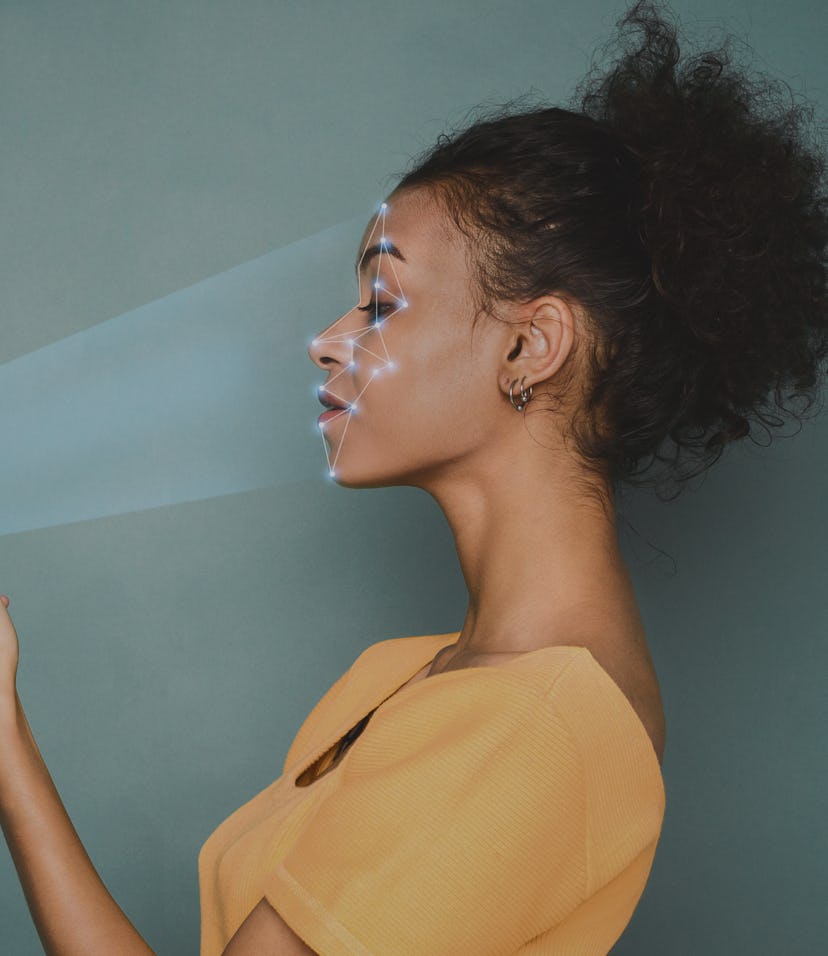Tech
Apple may be planning to bring support for Face ID to Macs
Using a user's face to secure their laptop or desktop arguably makes even more sense than using a fingerprint.

Code discovered in the latest beta release of macOS Big Sur suggests that Face ID authentication is coming to Macs sometime in the future. 9to5Mac spotted an extension within the OS with support for a "PearlCamera" function. "Pearl" is the codename Apple uses to refer to Face ID for its mobile devices. The move could also align with Apple's planned transition away from Intel chips to its own silicon. It also ties in perfectly with Apple's frequent assertions that it offers best-in-class security and privacy. And the technology would be well-suited to laptops and desktops.
You'll probably need an upgrade – Both the MacBook Pro and MacBook Air already support Touch ID fingerprint authentication on newer models, so bringing Face ID to macOS makes sense as the next move of mobile security features to Mac devices. It's likely that Face ID would only be supported on some yet to be released computer as the webcam would need to be updated to include the TrueDepth technology for recognizing depth in facial scans. Without that, someone could just put a photo of you up to the camera and unlock it.
Which Macs? – It's also possible that Apple will first support Face ID on a future iMac first, because that form factor doesn't have a built-in keyboard, and as it stands, Apple's wireless and wired keyboards don't include Touch ID support. Face ID is also well-suited to devices like laptops and desktops that users tend to position facing their faces (or slightly off to one side, which would still be easy enough to unlock with a turn of the head).
On iPhones and iPads Apple uses Touch ID authentication for models with a home button and Face ID for devices without them, like the iPhone X and later. What we'd really love to see is more widespread Touch ID support on iPhones and iPads, especially now that the coronavirus is compelling us to wear masks, which Face ID struggles with. But that's likely wishful and foolhardy thinking... like hoping to see a card-reader or full-sized ports on a MacBook Pro again.
Windows Hello is not the same – Some will point out that Windows 10 already has a facial authentication feature called Windows Hello, but it's less sophisticated than Face ID and has repeatedly been shown being spoofed vias holding a picture up to the webcam. Only a select few external web cameras support Windows Hello's enhanced anti-spoofing technology because they need to have depth sensors. The computer also needs a secure, encrypted chip for storing biometric data. Apple stores such data for Touch ID or Face ID authentication on the Mac in the T2 security chip it puts in all of its newer computers.
Apple is bringing macOS and iOS / iPadOS ever closer with the release of macOS Big Sur and new computers running on Apple's own in-house processors. Apps from the company's mobile operating systems will port over to macOS with ease and share an increasingly similar design language. Perhaps aligning security features is the next step in that drive towards cross-device consistency.